
Dogs communicate their emotional world through behavior long before anything turns into a problem. When a dog doesn’t feel fully safe at home, the signs show up quietly—often in ways owners mistake for stubbornness, “quirks,” or bad habits. These behaviors are signals that something deeper is happening emotionally, and dogs show them long before anyone realizes they’re struggling.
They Follow You Everywhere, Even When Nothing’s Happening
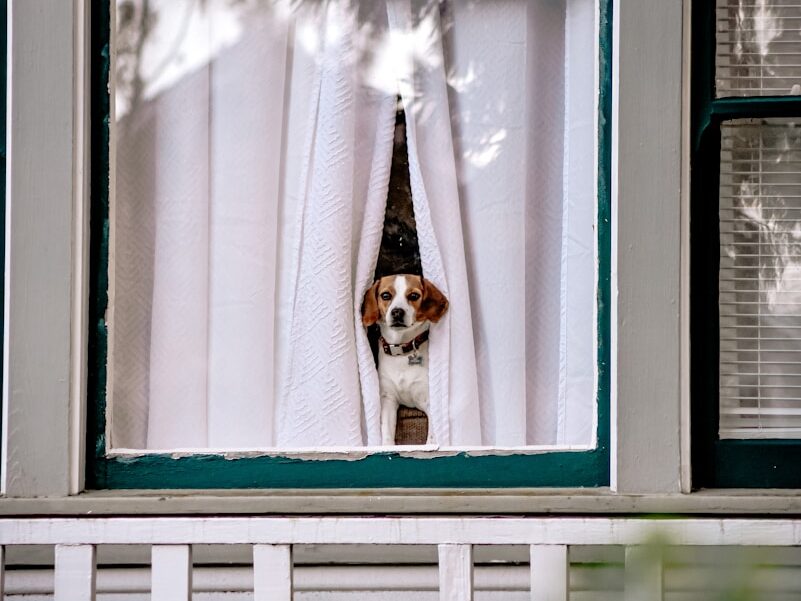
When a dog shadows your every step, it’s not just affection. It’s a sign they feel safest when they know exactly where you are. They track your movements like you’re the anchor holding their world together. Even small distances, like walking behind a closed door, make them uneasy. Independence doesn’t feel safe, so staying glued to you becomes their way of stabilizing themselves.
They Startle at Everyday Noises Inside the House
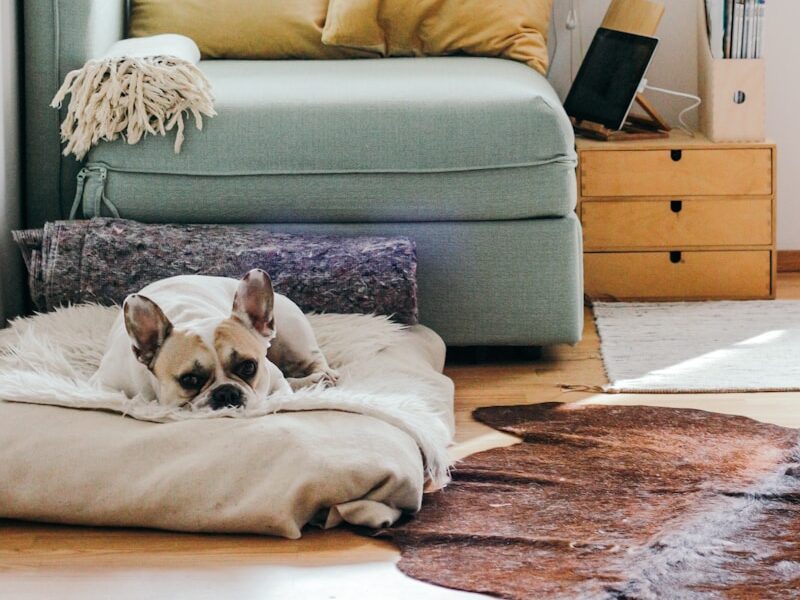
A dog who jumps at the sound of a pan being set down, a fridge closing, or footsteps in the hallway is living in a state of internal alarm. Their nervous system treats routine sounds like threats. They scan the room, ears twitching, unsure what’s coming next. This isn’t “being sensitive”—it’s their body trying to protect them in a place that doesn’t fully feel predictable.
They Guard Their Food, Toys, or Even Their Bed
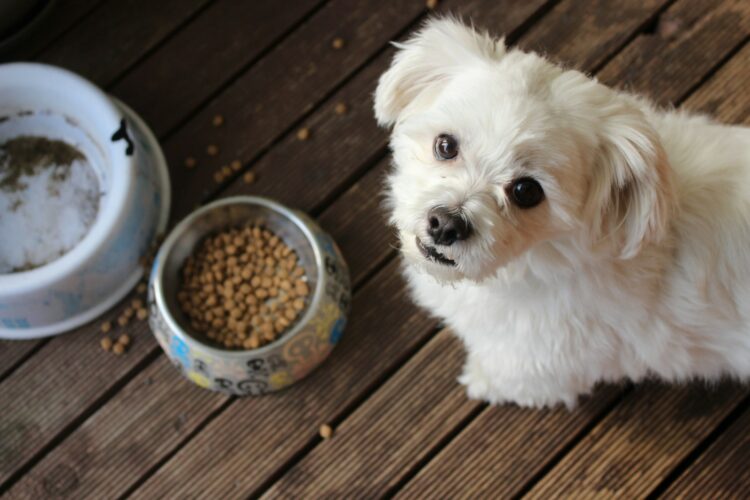
When a dog feels insecure, they protect what they have tightly. They freeze over their bowl, hover over toys, or tense up when someone walks near their bed. It’s not aggression—it’s fear. The fear that things will be taken away. Dogs who feel secure don’t worry about losing resources. Dogs who feel uncertain guard things because they’re constantly waiting for something to go wrong.
They Sleep Lightly and Can’t Settle in One Spot

Instead of sinking into deep sleep, they wake up to every creak, shift spots during the night, or sleep with their back against a wall. They position themselves where they can see exits or monitor rooms. Secure dogs snooze without a care. Insecure dogs sleep like they’re on duty, unable to fully relax because part of them fears something could happen while they’re asleep.
They Lick Themselves Compulsively to Self-Soothe

Excessive grooming isn’t vanity—it’s anxiety in motion. Licking releases calming hormones in dogs, so they repeat it to manage their tension. Paws, legs, the air—anything becomes their focus. It’s the dog version of pacing or nail-biting, a way to quiet an internal storm they don’t know how to express any other way.
They Hide in Tight, Enclosed Spaces
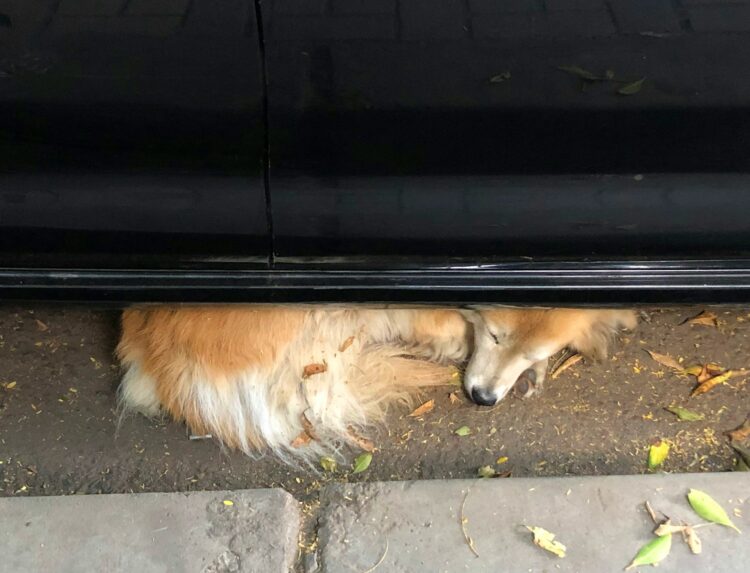
Closets, under beds, behind couches—these places feel safer because they’re small, controlled, and shielded from the world. When a dog doesn’t feel secure, open spaces feel overwhelming. They retreat to places where nothing can sneak up on them. It’s not defiance. It’s self-protection.
They Panic When Someone Leaves the House, Even Briefly
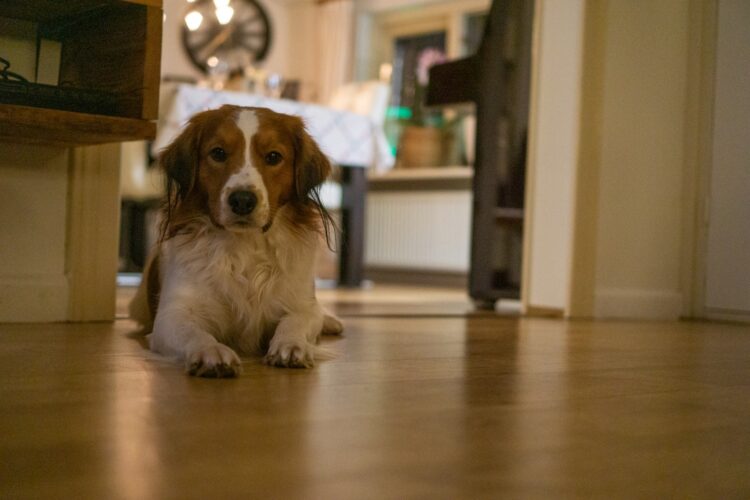
Door closes. Panic rises. A dog who loses control the moment someone leaves isn’t being dramatic—they’re afraid of being abandoned or left vulnerable. It doesn’t matter whether it’s 30 seconds or an hour. Their emotional brain processes absence as danger. The home doesn’t feel safe unless the person is physically present.
They Avoid Eye Contact or Make Their Body Small

Lowered gaze, ears down, crouched posture—these aren’t signs of shyness. They’re signs the dog isn’t confident in their surroundings. They move cautiously, trying not to draw attention. They avoid confrontation at all costs because everything feels unpredictable. A dog who feels truly safe carries themselves differently—looser, taller, more open.
They Pace Endlessly Instead of Relaxing
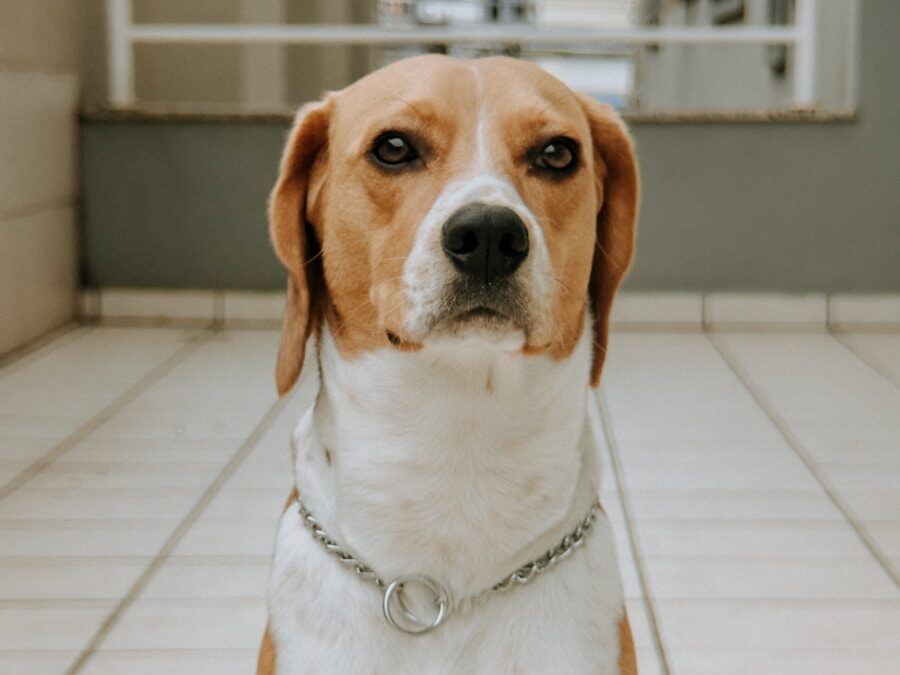
They walk through the house, circle rooms, or move from window to window as if something is wrong. Their body can’t shut off, and movement becomes the only outlet for their nervous energy. A calm home feels stable. An insecure dog feels like something might go wrong at any moment.
They Bark at Every Noise or Movement Outside

They’re not trying to be the household security system. They’re overwhelmed. Every sound, like cars, footsteps, leaves, and distant voices, signals possible danger. Their brain registers the outside world as something to guard against, because their internal world doesn’t feel grounded. Secure dogs don’t monitor the world so obsessively. Insecure ones feel responsible for maintaining safety.
They Chew or Destroy Things When Alone

Destruction isn’t spite—it’s anxiety. Chewing gives dogs a physical way to release stress. The couch, shoes, pillows, door frames—anything within reach becomes an outlet. When they don’t feel secure, especially when alone, the panic builds, and chewing becomes their way to cope with the emotions they don’t have words for.
They Shake Off Their Body Constantly
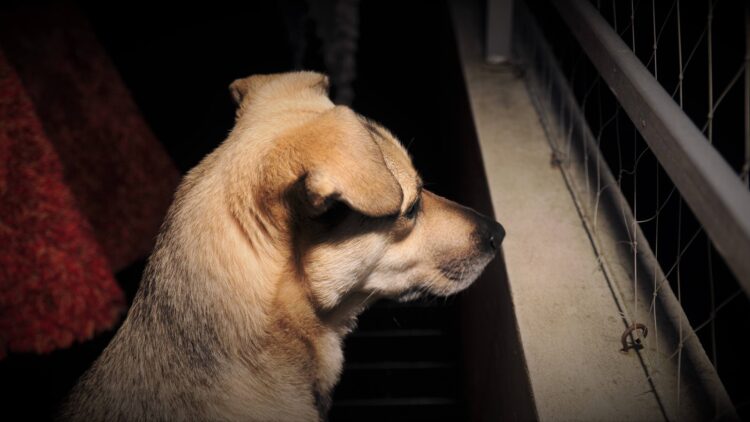
A full-body shake is a dog’s reset button. They shake after stress, the same way humans exhale after tension. When a dog does this repeatedly at home, it means their body is cycling through stress over and over without relief. It’s a physical sign that their emotional environment isn’t allowing them to settle.
They Rush Through Meals or Avoid Eating Altogether

A rushed eater isn’t “excited”—they’re nervous. Eating fast is an instinct that comes from feeling like they need to finish before something happens. On the other end, some dogs skip meals entirely when the environment feels unsafe. Stress suppresses appetite. Food becomes secondary to emotional survival.
They Attach Intensely to One Person and Avoid Others
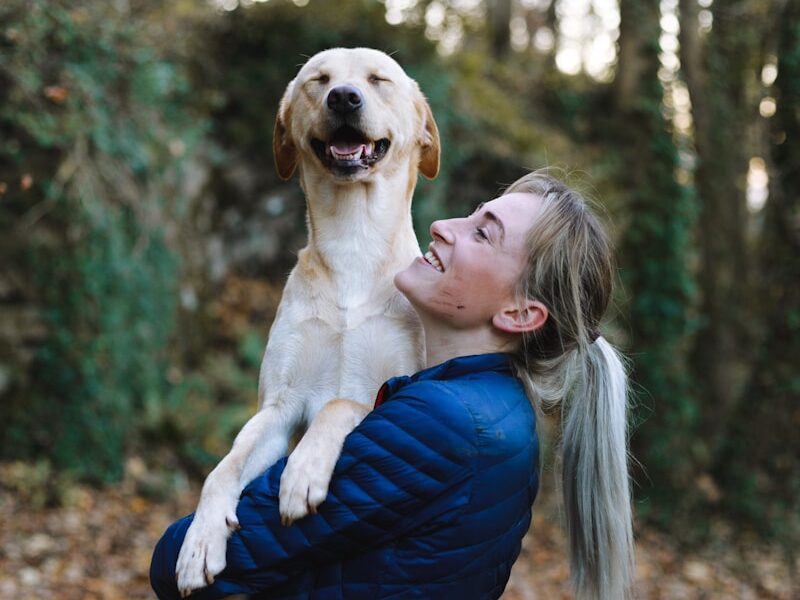
Insecure dogs often pick one “safe person” and cling to them while avoiding or mistrusting everyone else. They stay glued to that person’s side, watch every movement, and panic if separated. It’s not favoritism—it’s the dog anchoring themselves to the only part of the home they believe won’t hurt them.
They Struggle to Settle Even in Their Favorite Spots
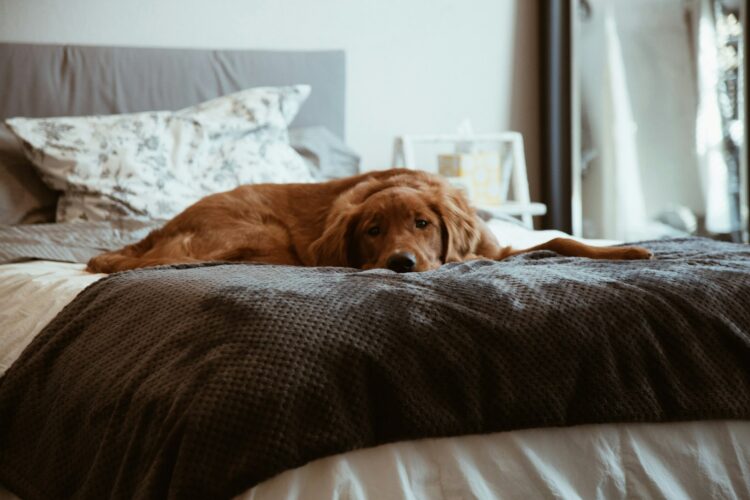
Their bed, the couch, their blanket—places that used to comfort them now don’t. They lie down, shift, get up, try again. Nothing feels right. When a dog can’t settle in the places meant to soothe them, it’s a sign their internal sense of safety is cracking. Comfort only works when the mind feels calm, and theirs doesn’t.

